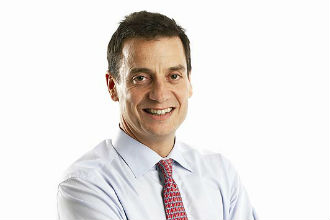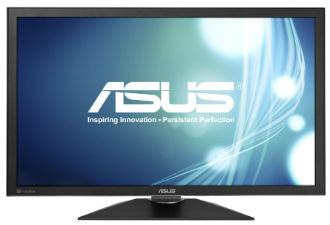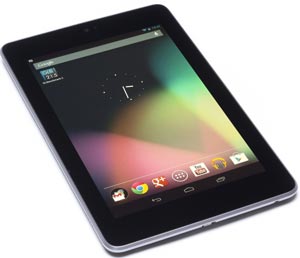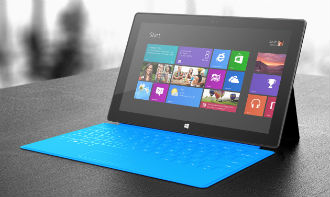 Morrisons chief executive Dalton Philips believes the Government should impose a new online sales tax to level the playing field with its rivals and e-commerce outfits. Philips told The Daily Telegraph that the tax imbalance between internet and high street retailers is illogical and it is taking its toll on Britain’s town centres.
Morrisons chief executive Dalton Philips believes the Government should impose a new online sales tax to level the playing field with its rivals and e-commerce outfits. Philips told The Daily Telegraph that the tax imbalance between internet and high street retailers is illogical and it is taking its toll on Britain’s town centres.
Interestingly, Morrisons is moving into the online space right now, but it still feels it should pay its fair share. Last week Philips said Morrisons lost £700 million of sales last year because it lacked an e-commerce platform. Shoppers simply chose the convenience offered by online groceries instead. In response, Morrisons is entering the e-commerce space with Ocado and it believes the new platform should be able to break even in just four years.
But Morrisons’ online push isn’t about to change Philips’ mind.
“As a country, we need to look at how we’re going to tax retailers in general wherever they operate, because we’ve all got to contribute to society, but one can’t be disadvantaged over the other,” he said. “I’m not into intervention for intervention’s sake but you’ve got to have a level playing field. As more and more sales migrate online, it seems to me intuitive that you would tax the online channels as well.”
Philips added that there was simply no logic to the tax system anymore, as the rates keep going up, while at the same time town centres become ghost towns, as brick and mortar outfits find themselves fighting against the odds to stay competitive.
More often than not, they fail.



















